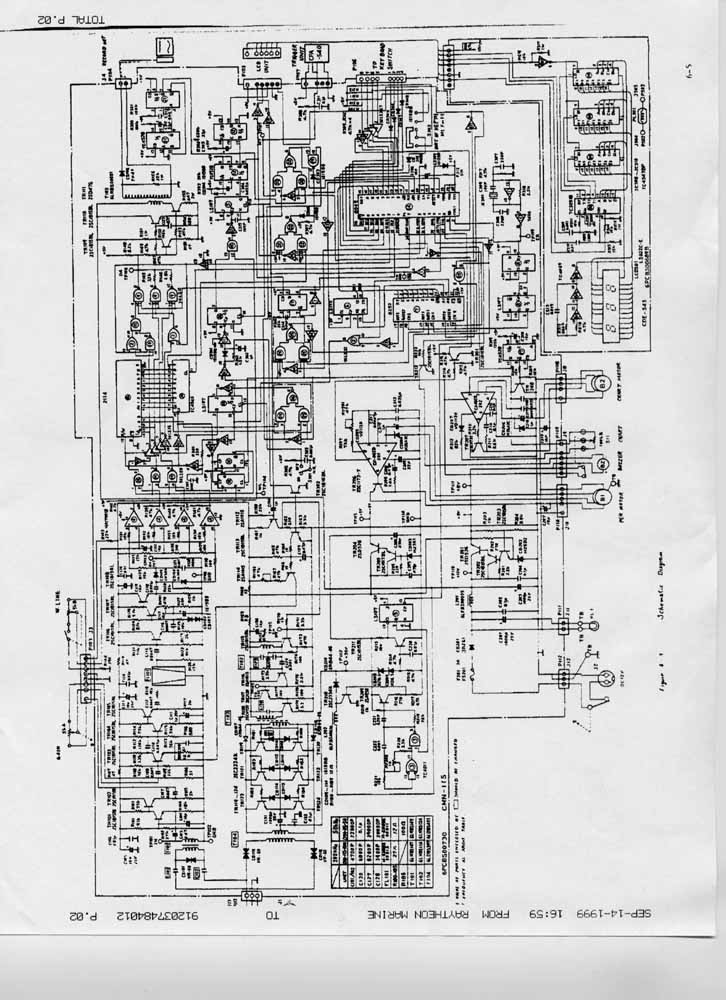
Hi all.
Well, I was able to find a LM2904 in my junk circuit board inventory. It seems to have about the same spec as the LM358, at least it goes to ground. I put it together just as you said Carl, and it worked fine. Then I integrated it into the AD605 variable gain amp and with a little trouble, I got that to work. Analog”s applications bulletin on the AD605 uses caps for AC coupling on VGN and Vin, I removed them and it seemed to work better. Now that I have all that, I’m not sure where to put it, and GREG, I don’t need an answer from you
 If looking at the schematic gives any one an idea on where to incorporate this ramp let me know. I can send a high res copy to any one that wants it, just email me and I’ll send it right out. Even the high res is not all that good because it was faxed to me from Raytheon and there copy is about 4 generations old.
If looking at the schematic gives any one an idea on where to incorporate this ramp let me know. I can send a high res copy to any one that wants it, just email me and I’ll send it right out. Even the high res is not all that good because it was faxed to me from Raytheon and there copy is about 4 generations old.Thanks,
Tod
[email protected]

Comment